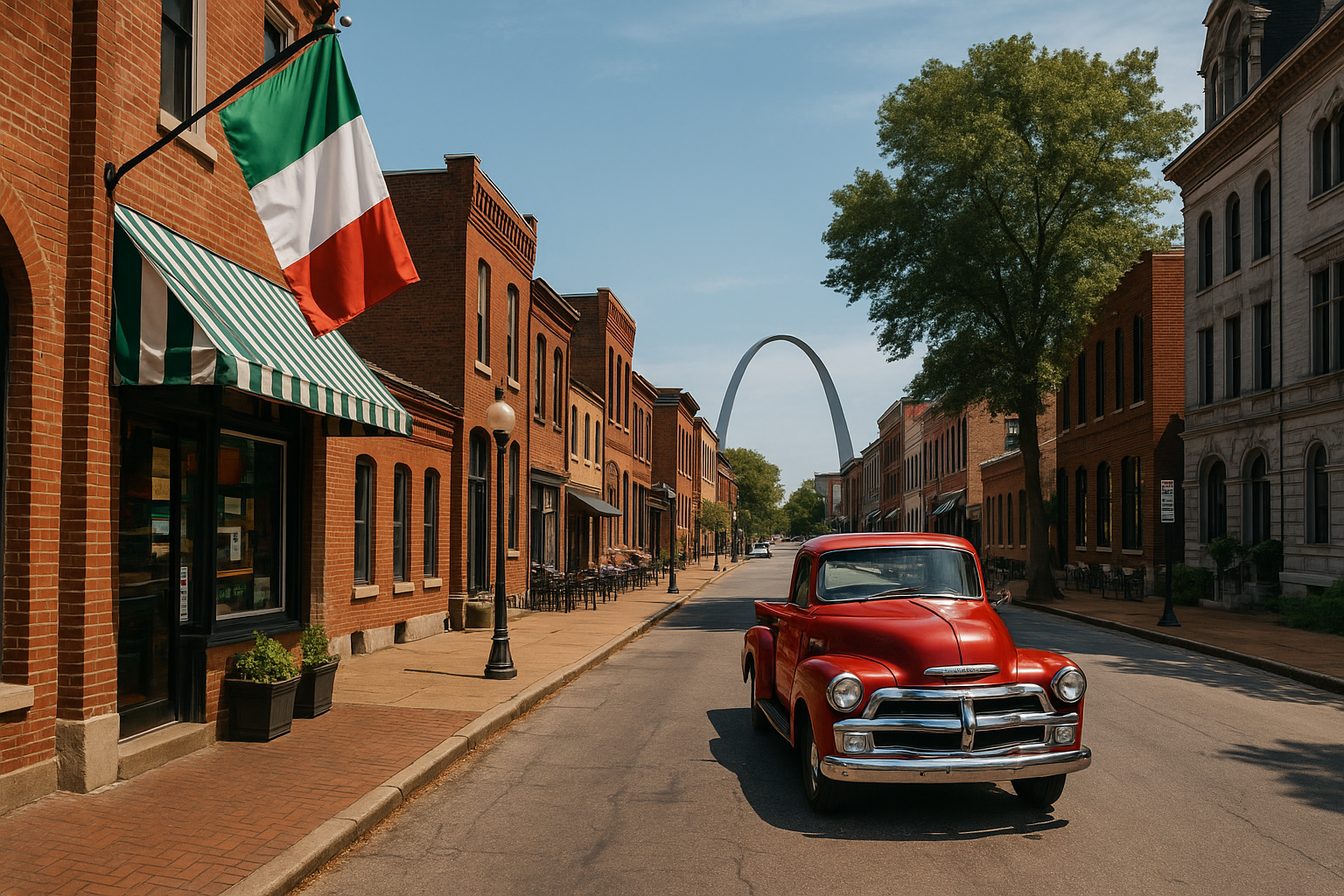Hidden Gems of St. Louis: Exploring The Hill, Soulard, and Central West End
Hidden Gems of St. Louis: Exploring The Hill, Soulard, and Central West End
St. Louis is a city of neighborhoods—each with its own story, architectural flavor, and vibrant local culture. Today, let’s take a walk through three of its most unique communities: The Hill, Soulard, and Central West End. Whether you’re a resident, real estate enthusiast, or just a fan of local history, these neighborhoods offer a glimpse into the heart and soul of St. Louis.
The Hill: St. Louis’ Little Italy
History:
The Hill’s roots stretch back to the pre-Civil War era, when German and Irish immigrants were drawn to the area’s rich clay deposits and burgeoning brick industry. By the late 19th century, Italian immigrants arrived in large numbers, transforming The Hill into a vibrant Italian-American enclave123. This neighborhood became a self-contained community, where generations lived, worked, and celebrated together. Notable St. Louisans like baseball legend Yogi Berra and broadcaster Joe Garagiola were born here1.
Architecture:
The Hill is known for its historic craftsman homes, brick bungalows, and narrow streets lined with colorful banners and fire hydrants painted in the colors of the Italian flag2. The area’s architecture reflects its working-class roots and immigrant heritage, with many homes built by the families who first settled here.
Local Culture:
Today, The Hill is famous for its more than 30 Italian restaurants, bakeries, and markets—making it a culinary destination for locals and visitors alike12. Community traditions remain strong, with annual festivals like the Italian Heritage Parade, St. Joseph’s Altar, and the Giro della Montagna cycling race. The neighborhood’s slogan, “Improve, not move,” speaks to its enduring sense of community pride2.
Soulard: Historic Charm and Festive Spirit
History:
Soulard is one of St. Louis’ oldest neighborhoods, founded in 1764 and named after French surveyor Antoine Soulard4. Its open-air market, established in the late 18th century, is the oldest continually operating public market west of the Mississippi River4. The area attracted waves of Irish, German, and Eastern European immigrants in the 19th century, many of whom worked in the nearby breweries.
Architecture:
Soulard’s streets are a showcase of 19th-century architecture, including Italianate, Second Empire, and Federal-style row houses, as well as unique “flounder houses” with their distinctive half-roof design54. Brick sidewalks, mature trees, and flower-filled gardens line the blocks, giving the neighborhood a lived-in, authentic feel5. The Soulard Market Building, constructed in 1929 in the Italian Renaissance style, remains a community anchor5.
Local Culture:
Soulard is renowned for its lively festivals, most notably its massive Mardi Gras celebration, Bastille Day festivities, and Oktoberfest4. The neighborhood’s strong sense of community is evident in its active neighborhood association and the pride residents take in preserving Soulard’s historic charm5.
Central West End: Elegance Meets Eclectic
History:
The Central West End (CWE) blossomed in the late 1800s as St. Louis prepared for the 1904 World’s Fair. It quickly became home to the city’s elite, who built grand single-family homes and helped establish the area’s reputation for elegance and culture67. The neighborhood has also been home to literary giants like Tennessee Williams, T.S. Eliot, and Kate Chopin67.
Architecture:
CWE boasts a rare collection of turn-of-the-century mansions, historic apartment buildings, and modern condominiums—all carefully preserved thanks to zoning regulations and community efforts67. Walking its tree-lined streets, you’ll find architectural gems that reflect both the neighborhood’s affluent past and its vibrant present.
Local Culture:
Today, the Central West End is a bustling hub of restaurants, eclectic bars, boutiques, and art galleries7. Its proximity to Forest Park and cultural institutions adds to its appeal. The neighborhood’s blend of old-world elegance and modern energy makes it a favorite for residents and visitors alike.
Why These Neighborhoods Matter
Each of these neighborhoods—The Hill, Soulard, and Central West End—offers a unique window into St. Louis’ rich history and evolving culture. Their distinctive architecture, deep-rooted traditions, and community pride make them true hidden gems for anyone looking to experience the best of St. Louis living.
Whether you’re searching for your next home or just exploring the city, don’t miss the chance to stroll these storied streets and savor the flavors, sights, and stories that make them shine.
Selling Your Home?
Get your home's value - our custom reports include accurate and up to date information.


%201.png)


